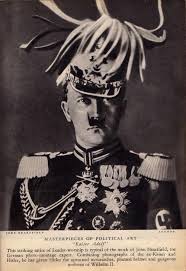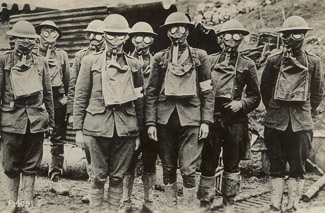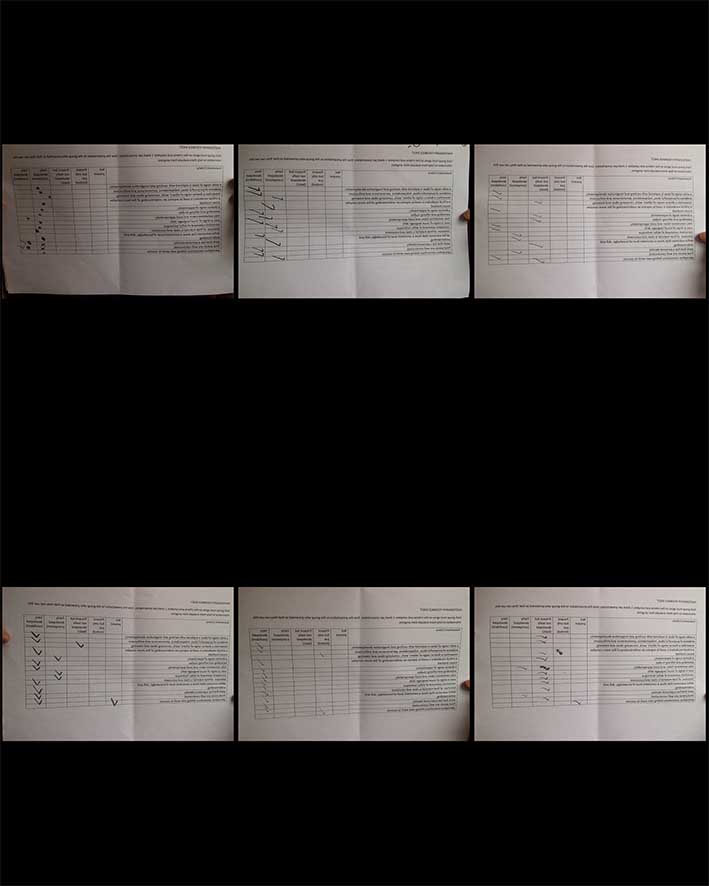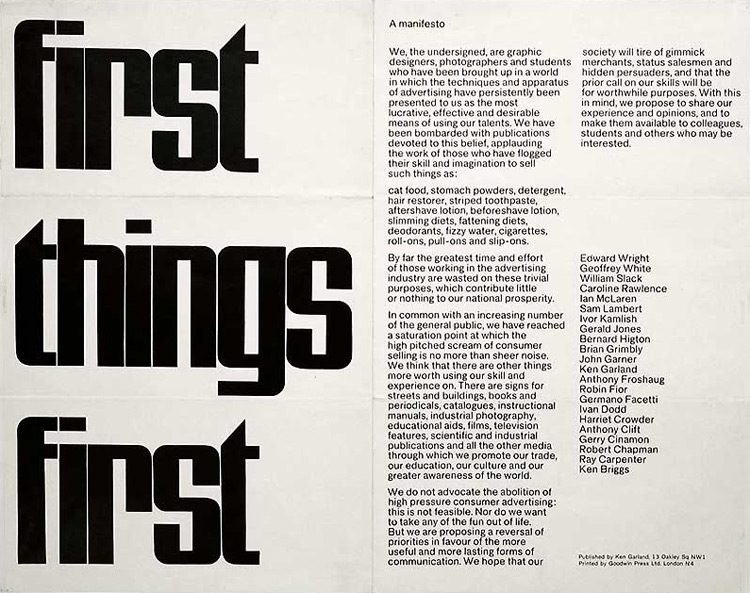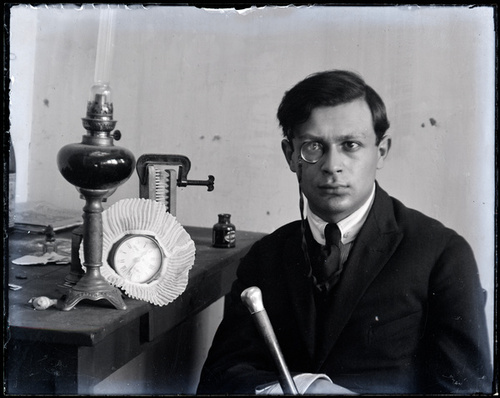For this outcome I have created a triptych of a series of images involving my cousin Jack. The three images I have chosen are all very varied in their style, meaning and visual effect. The intention of this piece was to explore the three different aspects of what we have covered in this 6 week module being chance, challenge and change; the aspect of chance through the blurred out of focus image on the left, the theme of challenge through the center image through the subversive statement, and the theme of change on the right through the overemphasized change in mood. Visually I find that this tipritytch works well because the images help to convey a narrative. I am proud of this final outcome because it is evident of the different skills, techniques, concepts and ideas that i have studied in the last 6 weeks. It is a very subversive statement, thats mysterious nature forces the viewer to question its purpose and meaning.
Left Image
This image is blurred and out of focus. Originally I dismissed this image as weak and ineffective. However after some consideration I changed my mind and decided to include it as part of my final outcome. The image is completely accidental, and not a traditional photo in terms of view and composition. However such a style is effective to include in a story board of images because it establishes a balance between the other two images, normal (middle), emphasised (right), and in this one spontaneous. It also highlights the random nature a photography, and that you don’t have to compose an image perfectly to be meaningful and effective. From the basis of this image, I launched my idea of representing the piece as a symbol of ‘chance, change and challenge’
Middle Image
This image depicts the mid-section of Jack’s body. He is holding up a sign entitled ‘I am exercising my right to free speech’. This is meant as a subversive statement, that challenges the viewer to question if they themselves fully appreciate such an important right. This statement is effective because through the statement, Jack himself is quite literally using this right. I decided to include this in the triptych because of the use of symbolism involved. The statement is ambiguous because it does not directly convey any particular point, and different meanings can be interpreted from it. I included this photo in the centre of the triptych because it has a good balance between the calmness of the left image and the madness of the image on the right.
Right Image
For the final image of the triptych, I decided to include a completely over the top image of Jack making a dramatic facial expression. This image is directly linked to my work on surrealism because visually, it goes against what is considered normal and formal. There is a certain intensity about this image, which is not neccesarily serious, but definitely full of energy. Linking to the Dadist movement, I find something very farcical about this image. The compete lack of structure and form makes it very chaotic. This image is the most visually powerful of the three, and gives the overall outcome an explosion of life and attitude.


